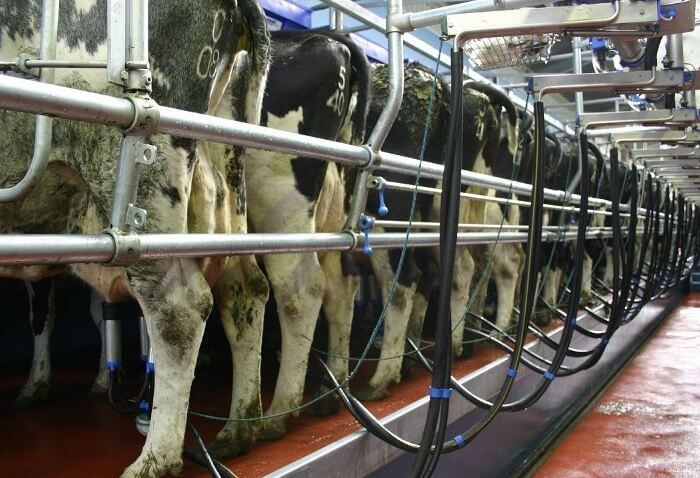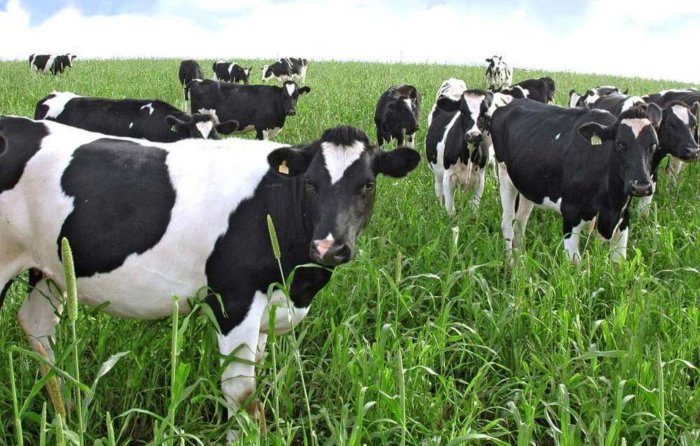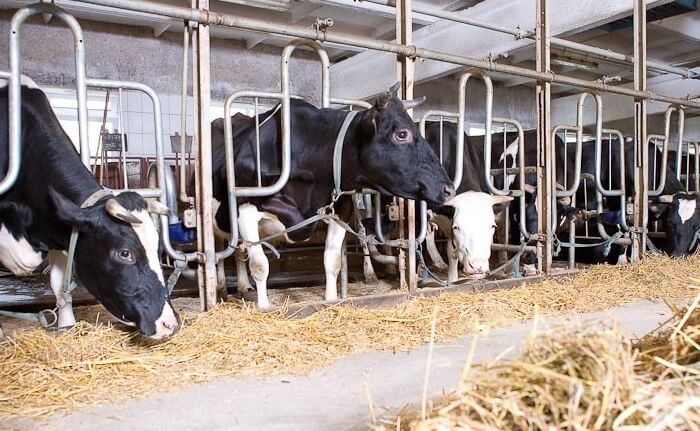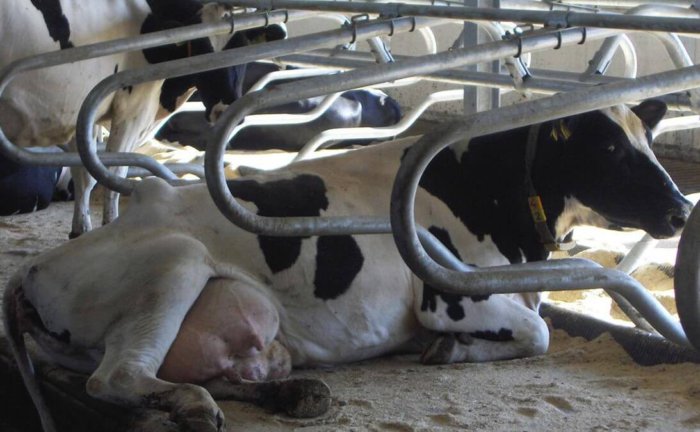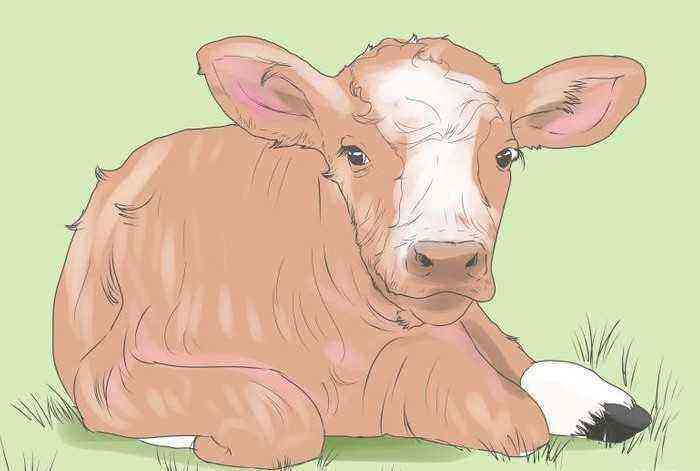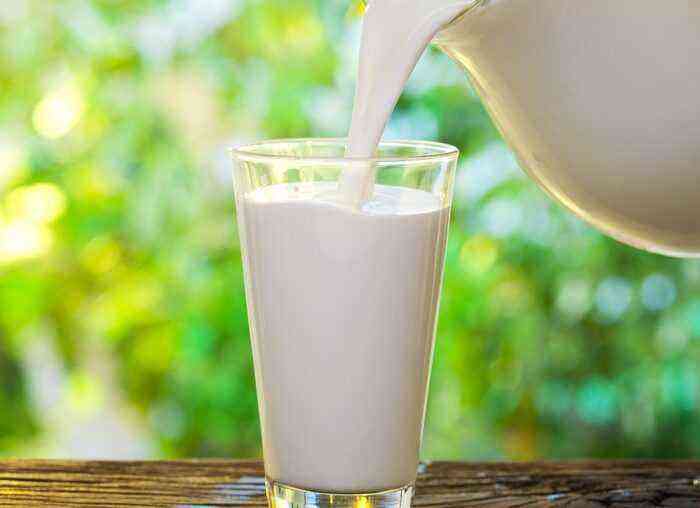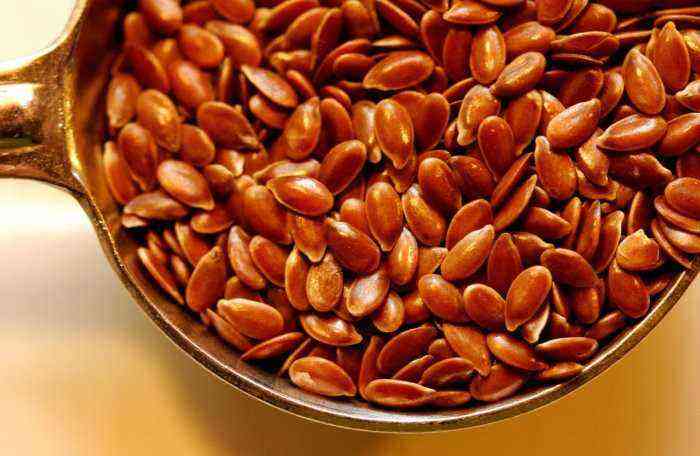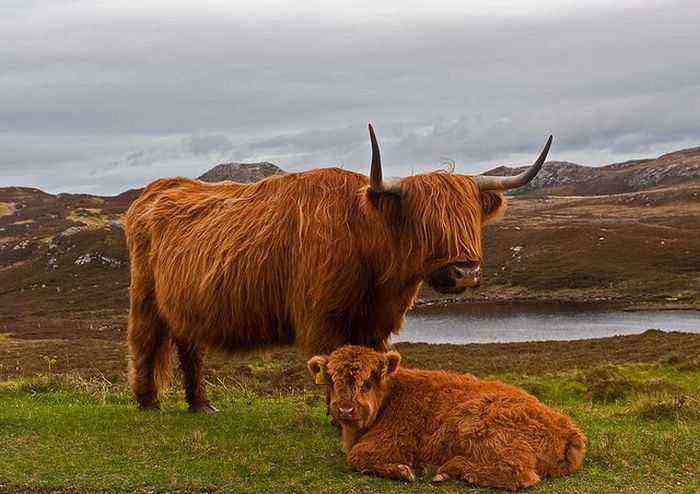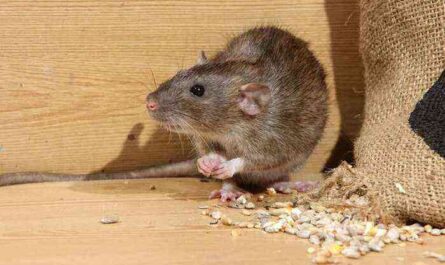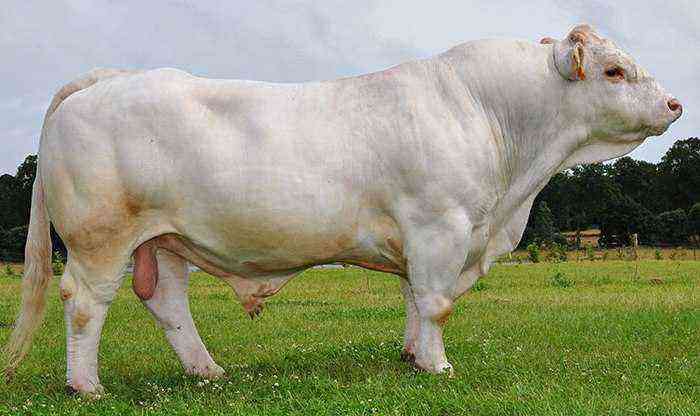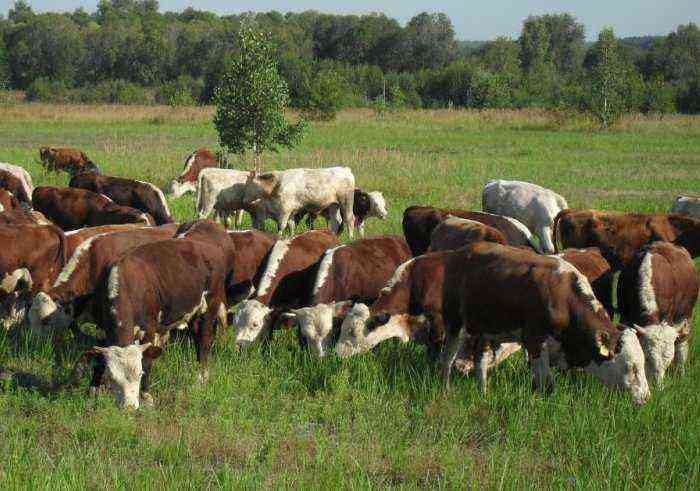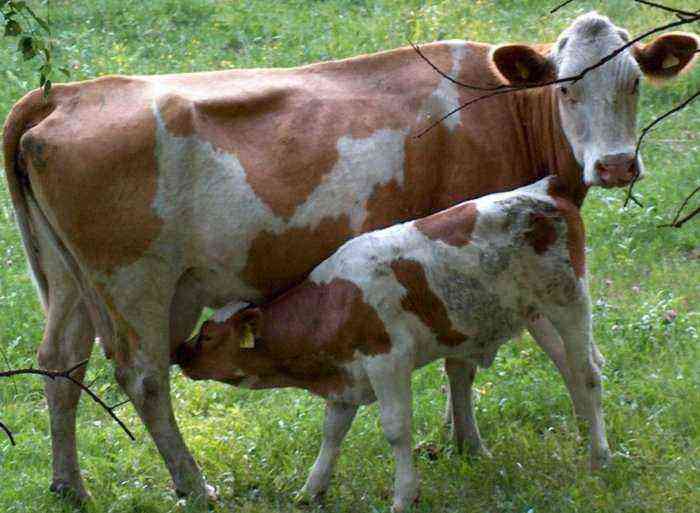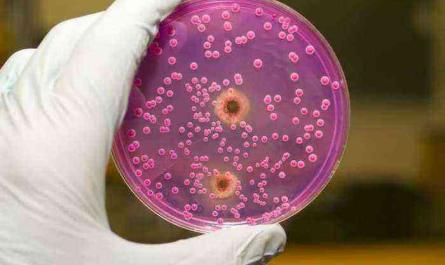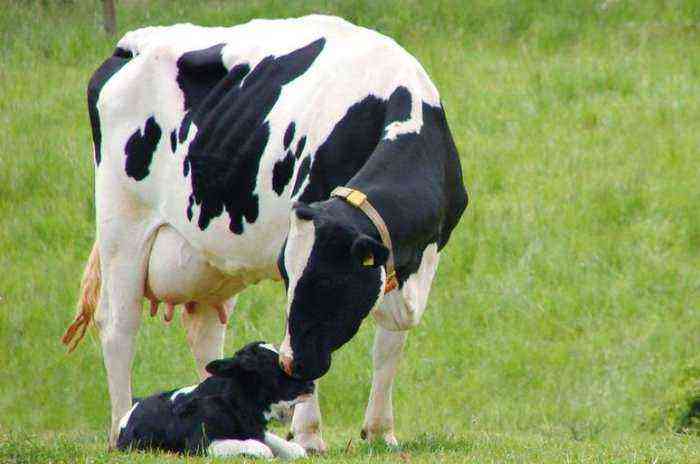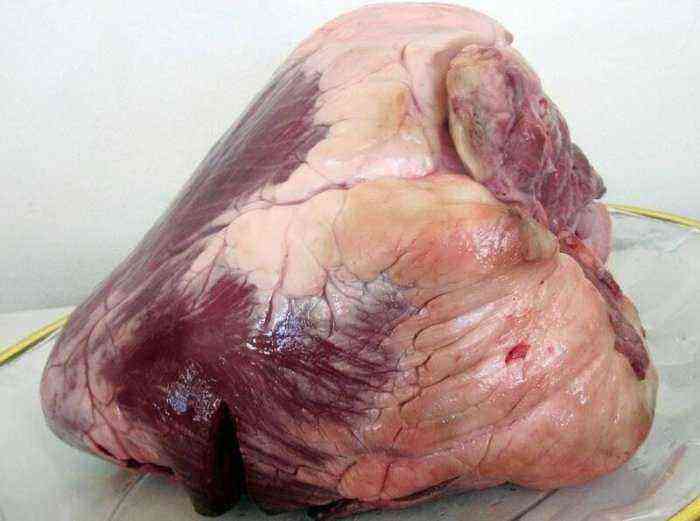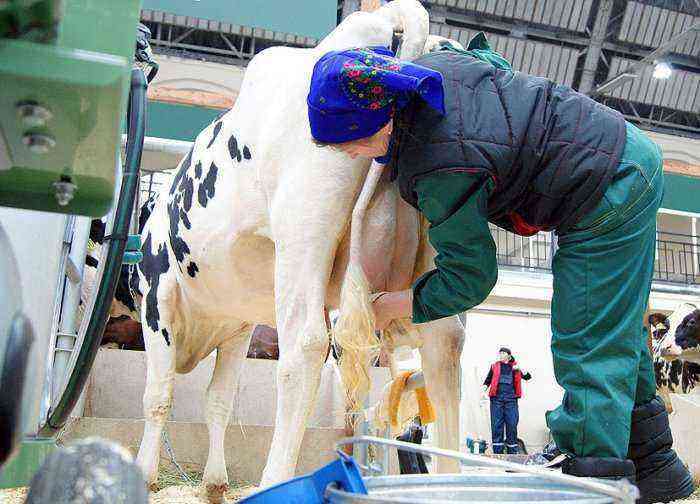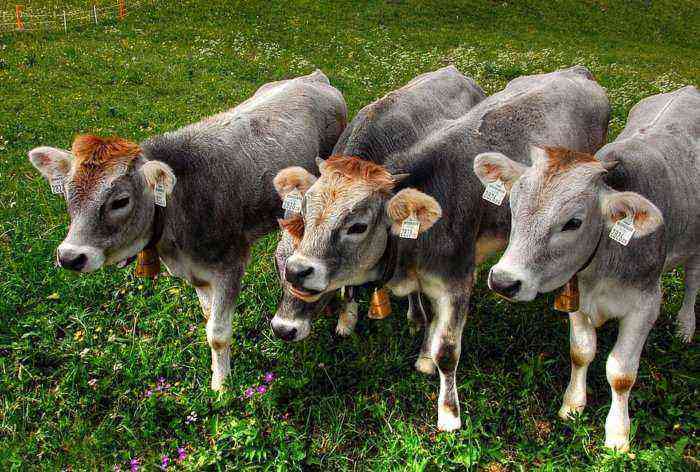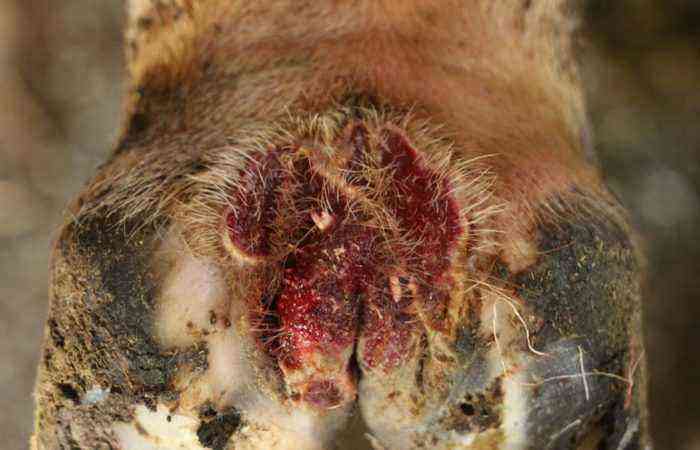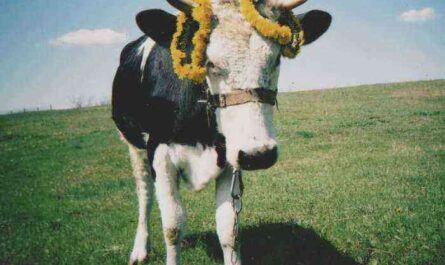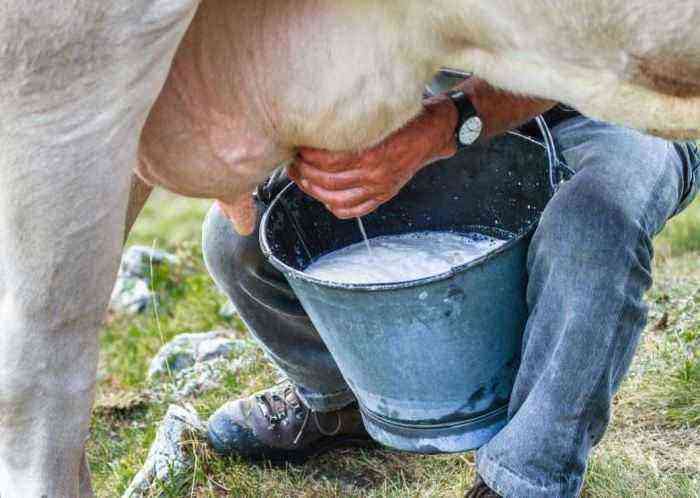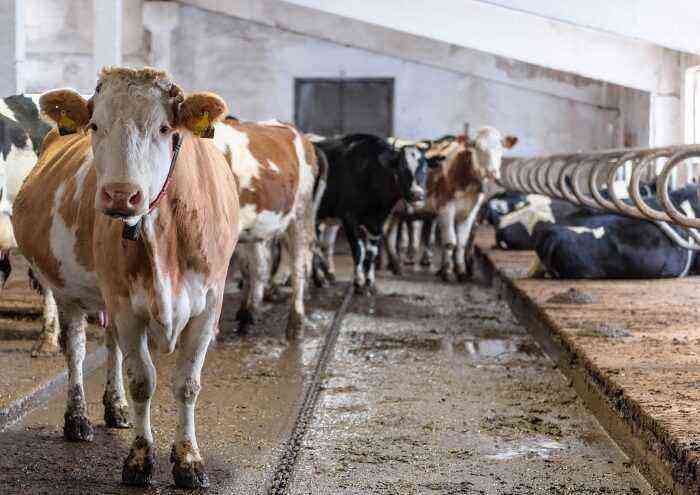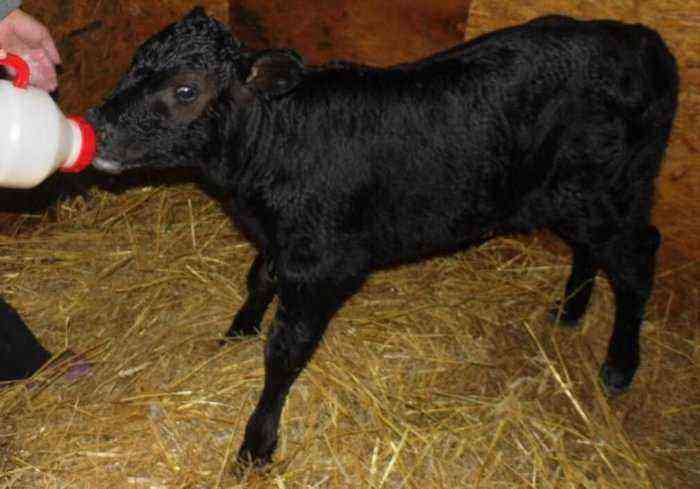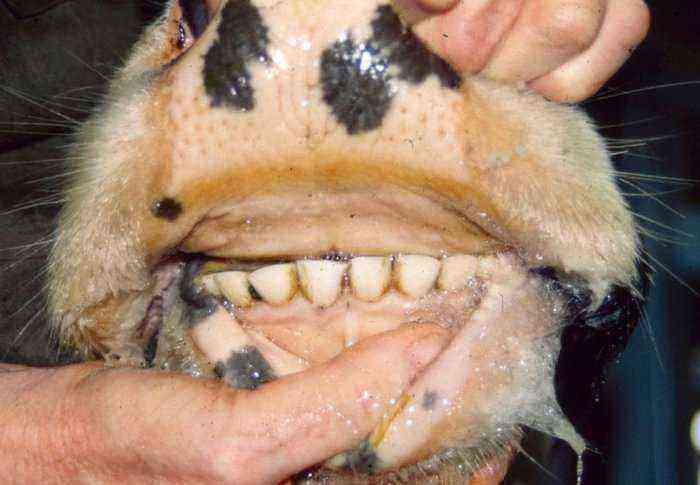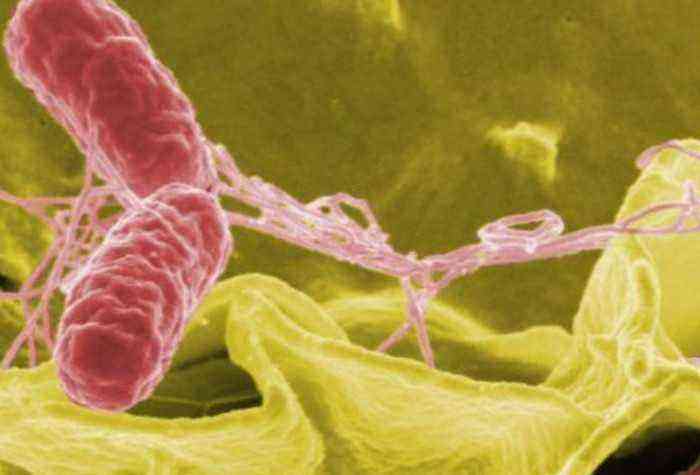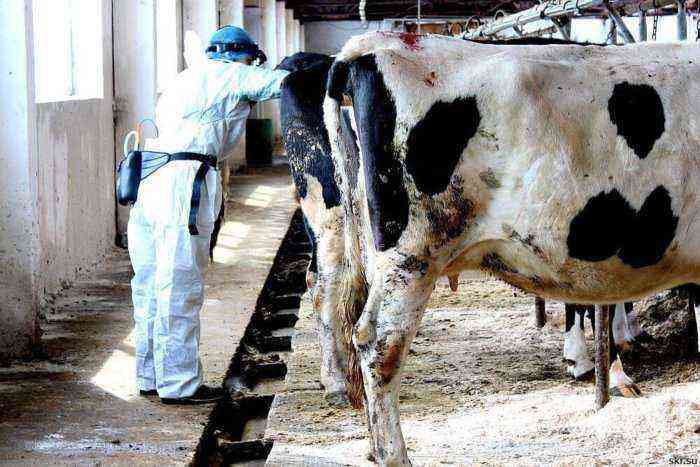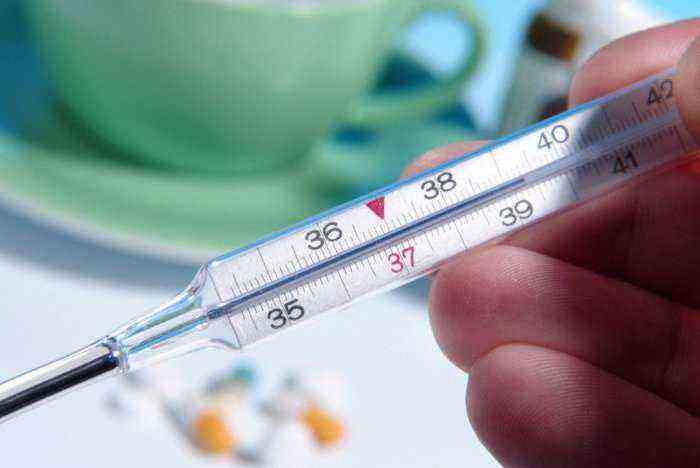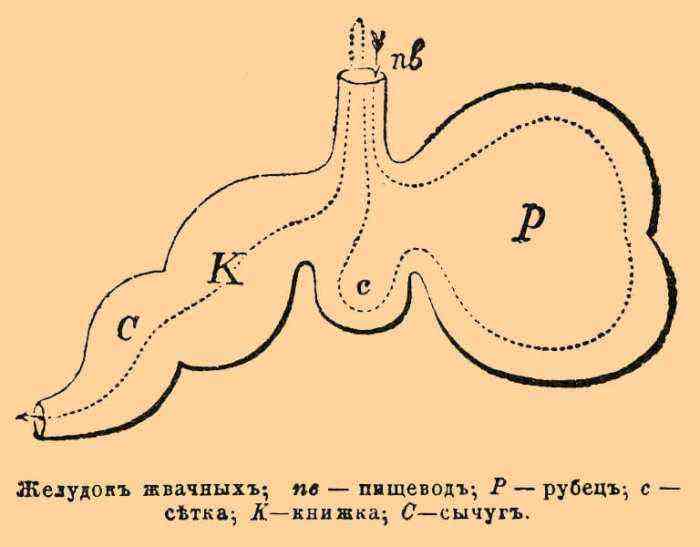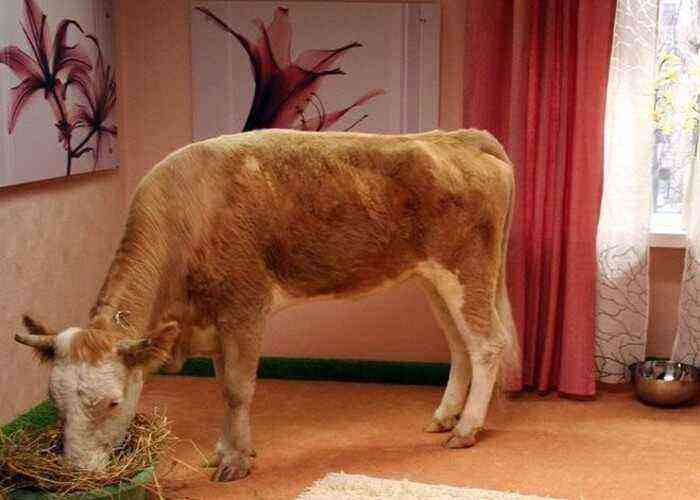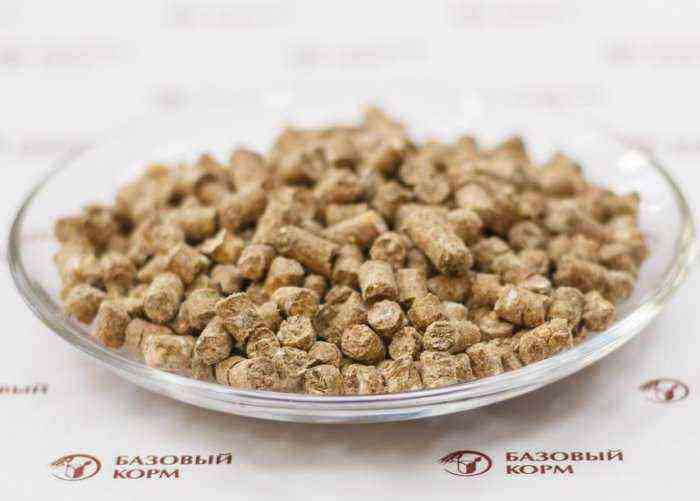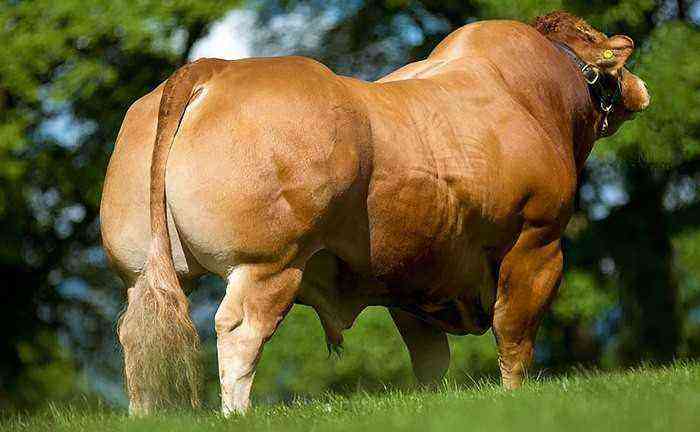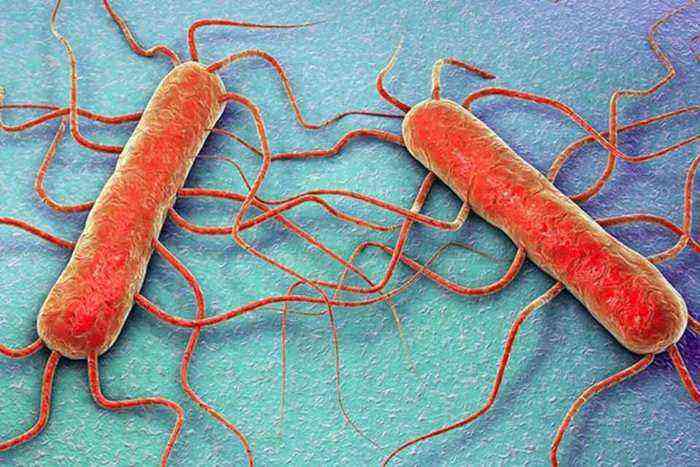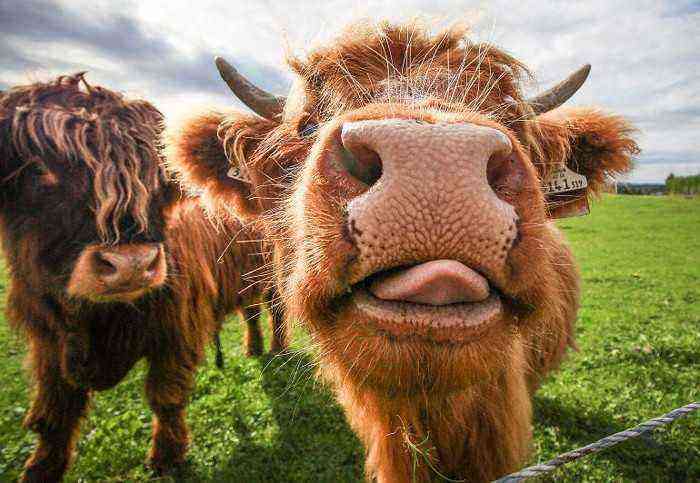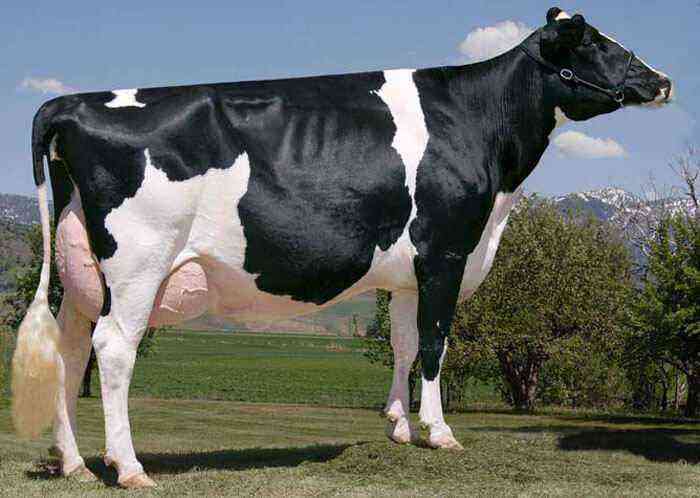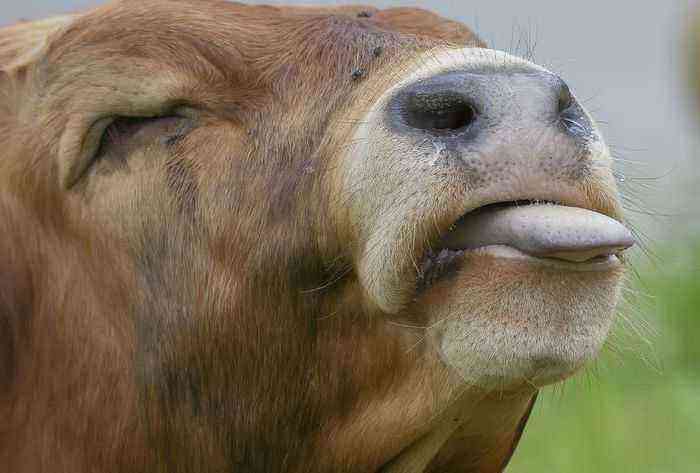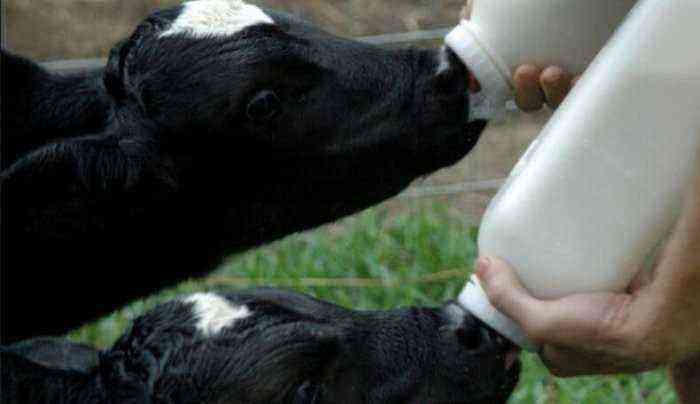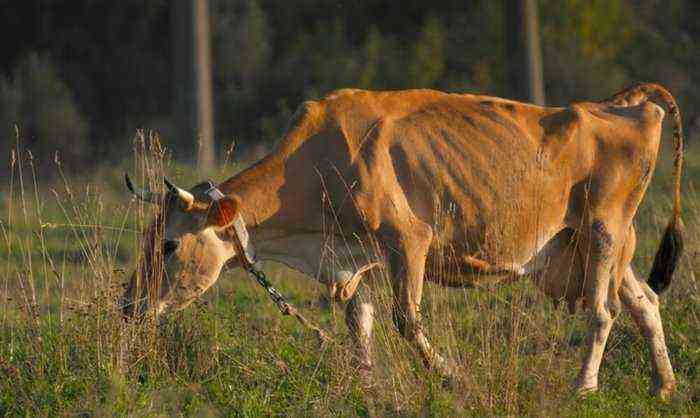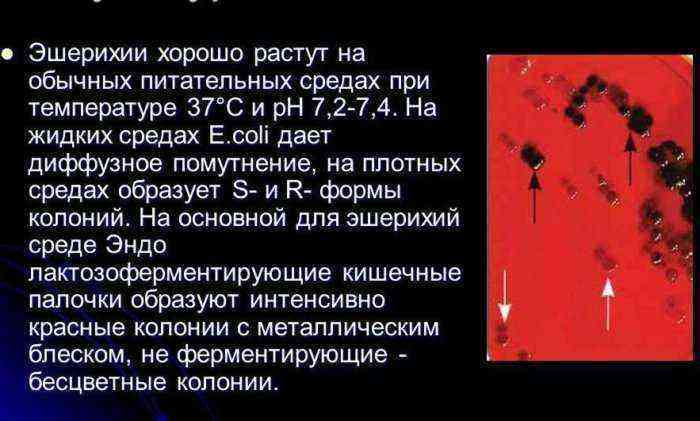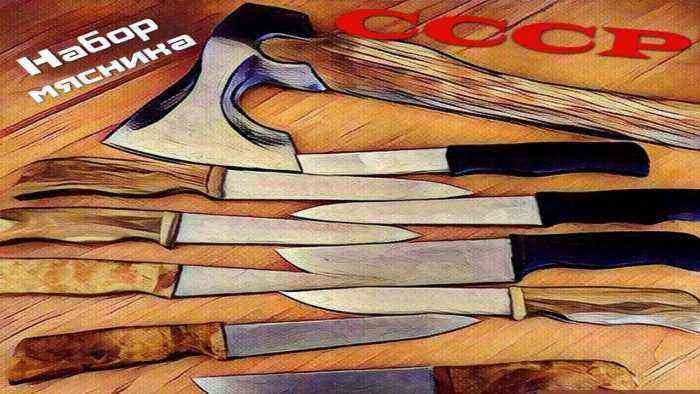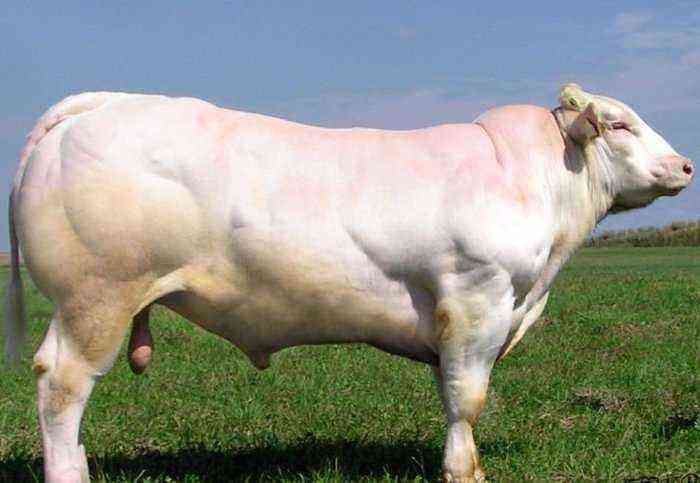The stall keeping of cows allows you to achieve high productivity of livestock and properly prepare it for the upcoming calving. The preparatory measures are based on stopping milking and ensuring the best possible care. Feeding is carried out according to a given algorithm, with the addition of vitamin complexes. The average duration of the dry period is 2 months. In most cases, calving occurs 285 days after the last insemination. Deviations are not excluded, not more than one week.
Cow maintenance
Keeping a cow on a private farm
Keeping a cow in a private household requires the creation of certain conditions in which the cattle will be comfortable. The performance of the animal depends on the quality of the food provided and the habitat. Most households are not intended for keeping cattle. Poor conditions, unventilated rooms and minimal lighting have a negative impact on the amount of milk produced.
The main recommendations include:
- creation of an optimal temperature regime (8-15°С);
- humidity correction (no more than 70%);
- allocation of the optimal cubic capacity per cattle (30 m3).
Each cow is assigned a specific place – a stall. According to experts, it is recommended to install it in the opposite corner from the door. The place for feeding is mounted opposite the window. If several cattle are kept in the barn, the optimal placement area is 5-6 m2 per animal. If a cow lives with a calf, the figure increases to 10 m2.
For keeping cows, it is important to create not only optimal conditions in the stall, but also take care of the feeder. The animal must have free access to the place of reinforcement. The safe material for the feeder is a board or sheet metal. The main thing is that the type of construction chosen is hygienic and durable.
The second basis for the stall is sewerage. Animal waste products must be removed without fail. If they are not removed, gases dangerous to the cow are formed in the air, which can harm it. The sewer is a gutter at the end of the stall with a slight slope. Immediately behind the gutter is a drain pit, where all waste products, including dirt, drain.
Sewerage
Cattle spend about 14 hours a day lying down. The floor must be laid, resting on a damp and hard surface affects the production of dairy products. Finally, the cattle habitat is equipped with light, it is desirable that the backlight also works at night.
Important! Compliance with the basic rules will create optimal conditions for keeping livestock. Not only the well-being of the animal, but also the amount of dairy products produced depends on the fidelity of the actions of the owners.
Care and feeding in summer
Caring for a cow in the summer requires systematic walking in a specially designated area. The animal must breathe air and eat fresh grass. The place of walking is equipped with a canopy, this is a prerequisite to protect the cow from the negative effects of direct sunlight. Under a canopy, a nursery with a salt briquette is installed.
Feeding does not require compliance with any rules. However, this applies only to the summer period of the year. The animal eats fresh grass, and most of the time is in the pasture. In the evening, cattle must be fed with crushed meat. This action simplifies the process of “corralling” the cows into the stall and has a positive effect on the quality of the milk.
Important: water must be freely available. Additionally, animals are fed with fresh vegetables and fruits. To get the maximum amount of milk, the cow should be properly milked. On the first day of calving, this action is carried out up to 5 times a day. Proper feeding and care will achieve a tangible result and provide the whole family with high-quality and natural milk.
Types of keeping cows
There are generally accepted methods of keeping cows that allow you to create optimal conditions for cattle and get the maximum amount of dairy products. According to the approved data, the animal is able to live:
- to the pasture;
- in the stall;
- on a leash;
- without a leash;
- in boxing.
Each content method has its own advantages and disadvantages. To understand the process, it is advisable to familiarize yourself with the main nuances in more detail.
Pasture
Pasture keeping of cows is an economically advantageous species. The animal is constantly on free range, in the warm season it feeds on fresh grass. This significantly saves on feed costs and helps prevent the development of many diseases. Cattle feel great in pasture conditions, their appetite is good, sexual relations are correct, all organs and systems of the body are actively strengthened.
Grazing cows
Experts recommend choosing pastures with a high herbage, with a predominance of legumes and cereals. It is necessary to avoid wooded and wetlands, in such conditions there is a high risk of infection with all kinds of diseases. There should be a watering place near the pasture, in order to freely obtain the required amount of liquid.
In open areas, the reproduction of cows occurs correctly. Sexual relations are formed, which positively affects the state of future offspring.
Stoilovoe
The stall keeping of livestock is somewhat inferior to the grazing species. However, it is popular in the cold season, when it is almost impossible to find fresh complementary foods. In this case, grass stands in an open area are implied. The stall content is based on the creation of optimal living conditions, which were described in the rules of the household.
This type is ideal for cow owners who live close to where they live and do not have open areas or meadows with free access to grass. Green complementary foods are collected independently and given to cattle as a supplement to the main feed ration. To improve the quality of dairy products, experts recommend letting cows out daily for 2-3 hours.
Tethered
Tethered cow keeping
Tethered content is considered the most common type. Cattle live in stalls, with artificially created devices for fixation. All manipulations, including feeding, milking, rest and sleep are carried out in the stalls. The animal does not leave the allotted place. Feed is delivered to the stall and distributed among the cows, the quality of dairy products depends on the quality of complementary foods. Milking is carried out using specialized machines.
Tethered housing is widely practiced on large farms intended for the sale of dairy products and their further processing in the food industry.
Loose
Loose content is not used as often. Animals move freely in the allotted area. Rest, feeding and grazing are carried out according to a certain algorithm. The untethered technique has been widely used abroad. Cattle are constantly kept in special boxes, and from time to time individuals are brought out for milking at the sites designated for this action.
Reference. According to the research, it was found that loose housing increases productivity.
In the boxes
Box keeping of cows is carried out in specially equipped group sections. The animal is constantly in the box, periodically going to feed in the opposite side of the stall. Sectional equipment of the premises allows mechanizing the process of rest, care, reinforcement and milking. In each section there are about 35-50 heads, the division is carried out according to the physiological state of the animals.
Box keeping of cows
The content in the boxes significantly saves space and allows you to do all the processes at a mechanized level. This action reduces the need for the use of the human factor and has a positive effect on the productivity of raw milk.
Which way to choose?
The existing methods of keeping cows at home and in specially designated areas require the creation of a certain microclimate inside the premises. When choosing a particular technique, it is necessary to take into account the goals of this production. In the organization method, the fundamental selection criteria are feeding, sewerage, rest, milking process, etc. Much depends on the purpose of keeping animals.
Conclusion
Keeping cattle is a fully optimized process based on optimal living conditions. The human factor plays an important role in this process. The well-being of cows, the quality and quantity of milk raw materials depend on the choice of the method of keeping and compliance with all the rules of care.
